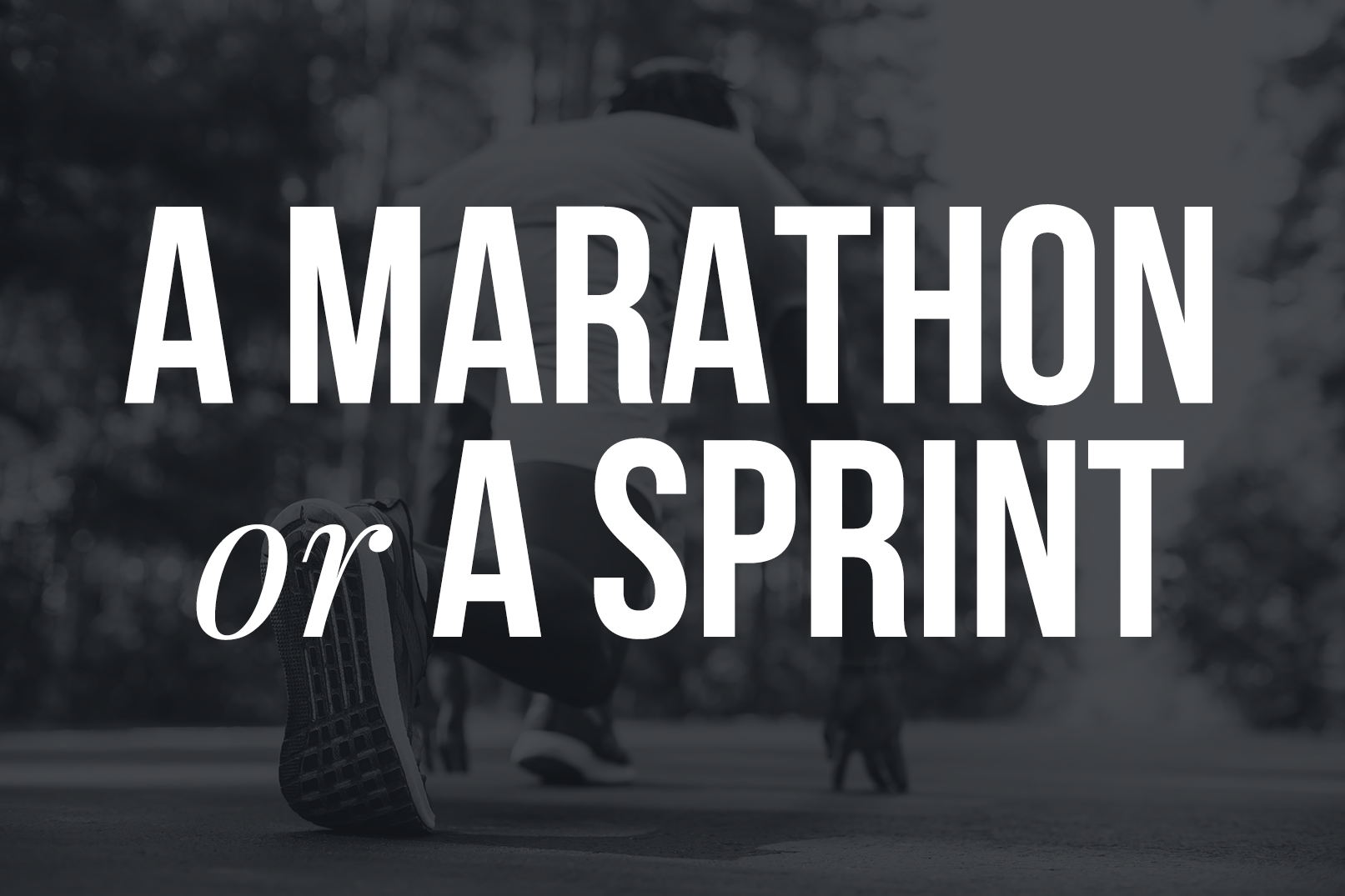

In the ever-competitive battle for consumer attention and cultural authority, balancing the emerging with the established is proving a rarefied but pivotal proof point of today’s brands. Gucci’s hyper-reactive recruitment of TikTok’s favourite trainspotter, Francis Bourgeois, is an example of how modern leaders are tapping into cultural phenomena as they emerge in real time. However, we are simultaneously experiencing a renewed commitment to more enduring brand collaborations. It’s all about marrying the fast with the slow.
While there wasn’t a huge amount to cheer about throughout the pandemic, the emergence of Bourgeois was a welcomed — albeit unexpected — micro-dose of respite amid the seemingly endless doom and gloom.
However, what was maybe even more surprising was the speed at which Gucci and North Face tapped up Bourgeois to be the face of their latest collaboration at the turn of the year. A partnership as impulsive as it was ironic, the social star’s loyal following found themselves watching the most unlikely of influencers welcoming a gang of luxury-outerwear-clad passengers aboard his 9.30 Summit Ascent service.
Of course, a collaboration with a trainspotting TikToker was simply one small part of the much grander design that is the Gucci marketing machine. But the ongoing North Face alliance refreshed through the eyes of an overnight social sensation offers further stimulus to support the case for a two-speed approach to winning in contemporary culture.
The timeliness and talkability of the new shiny thing (for example, influencers, new media and one-off activations) should be balanced with the scale, consistency and staying power of more strategic cultural programmes (brand alliances, sponsorships, ambassadors and co-created initiatives).
The fast demands implementing more agile, responsive marketing functions capable of identifying the right opportunities to act on, while also executing with authenticity. Whereas the slow requires the confidence and commitment to enter into multi-year tie-ups despite the shorter-term pressures.
Those meaningful, long-term alliances can act as a core pillar of a brand’s longer-term strategy, offering a more tangible, multi-faceted centre of gravity for the entire business to rally around. Making this a reality not only requires a clear chemistry, vision and road map from the outset, but also demands first rate cross-functional leadership and collaboration to ensure the sum is greater than its parts.
Think of the latter as the long-term marriage — building and blossoming over time — while the former is more akin to playing the field — exciting, exploratory and often ephemeral.
And while this may seem obvious, balancing the fast and the slow is a paradigm the marketing world continues to grapple with. Not only is the industry navigating challenges of overwhelming short-termism, but modern audiences are also proving more conflicted than ever in their expectations of brands.
We want enduring familiarity with a fresh point of view. A borderless world with a community feel. Meaningful purpose and meaningless fun. We’re a nightmare to market to!
However, and perhaps most importantly, the fast and the slow should fundamentally form different — sometimes intertwining — branches of the same tree. And while brands have historically opted for one or the other subject to size and sophistication, today’s leaders are increasingly acknowledging the importance of both.
We’re seeing agile players such as Louis Vuitton now entering into long-term commitments with major sports properties like the NBA, while simultaneously continuing its track record of bringing burgeoning sub-cultures to the fore. LEGO has recently crafted multi-year alliances with Adidas and the Women’s Euro’s while fostering a constant stream of experiments with IKEA, Levi’s and beyond. Airbnb continues to take its series of ‘Belong Anywhere’ stunts to new levels, from overnight stays at the Louvre and Van Gogh Museum, to accommodating athletes and fans as part of its marquee partnership with the International Olympic Committee, extending all the way to 2028.
On the flip side, long-standing investors in ‘big sponsorship’ are increasingly open to exploring beyond the safe confines of the mainstream. We’ve seen Stella Artois and Palace opening ‘Palace Artois’ pubs on either side of the Atlantic. McDonald’s has added to its global menu in partnership with Korean pop sensation, BTS. Coke and Diesel have upcycling bottles to produce sustainable fashion in the form of The (Re)Collection. And the list goes on.
A lot of this likely wouldn’t have happened five years ago. And not only is it exciting to watch, it just makes sense. Brands can position themselves at the forefront of culture while maintaining the scale, consistency and longevity so integral to sustainable brand growth in today’s climate.
As a result, factoring the two speeds at which modern culture is conceived and consumed is not only increasingly key to success, but also resetting the very foundations on which modern brands (and the teams behind them) are built.